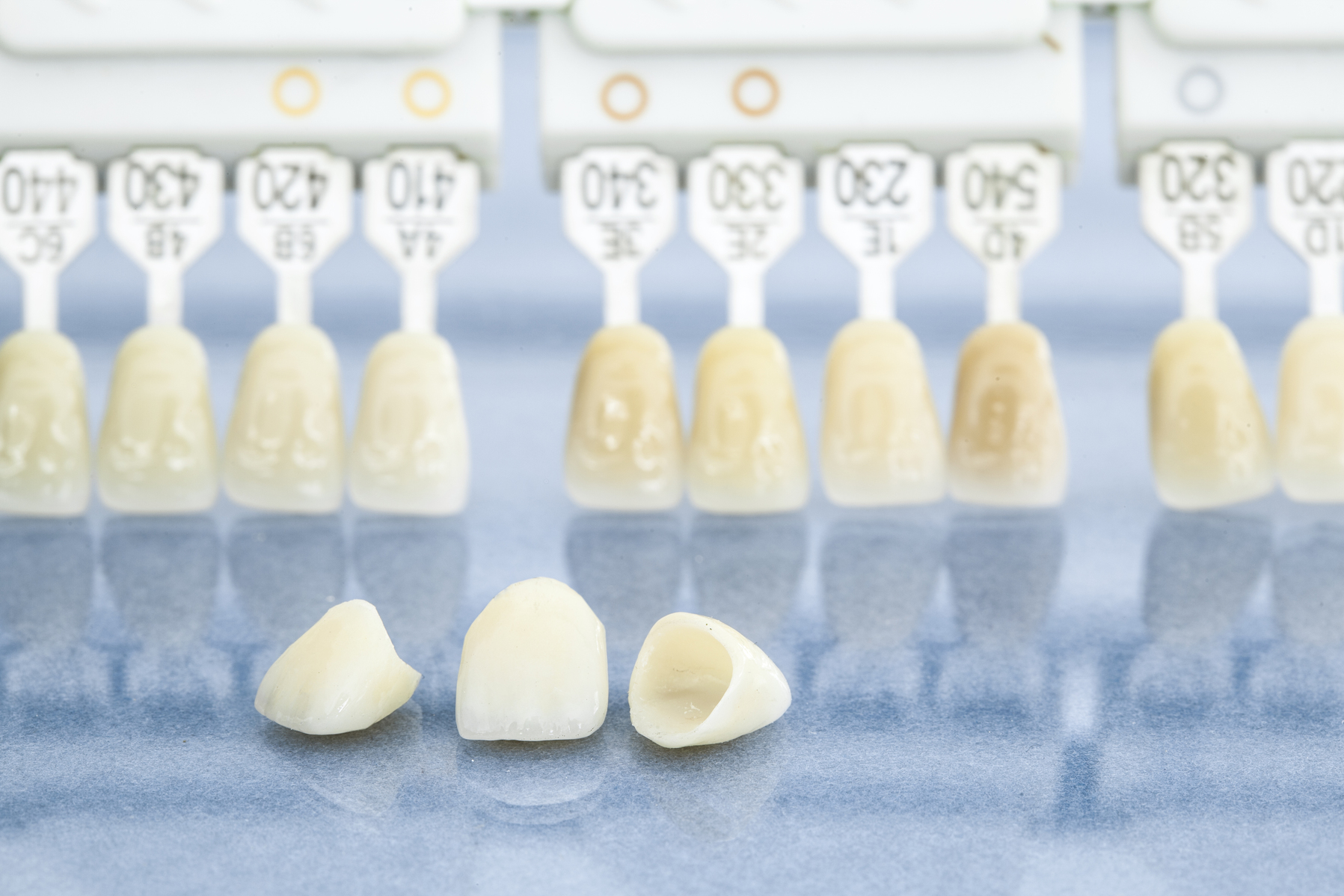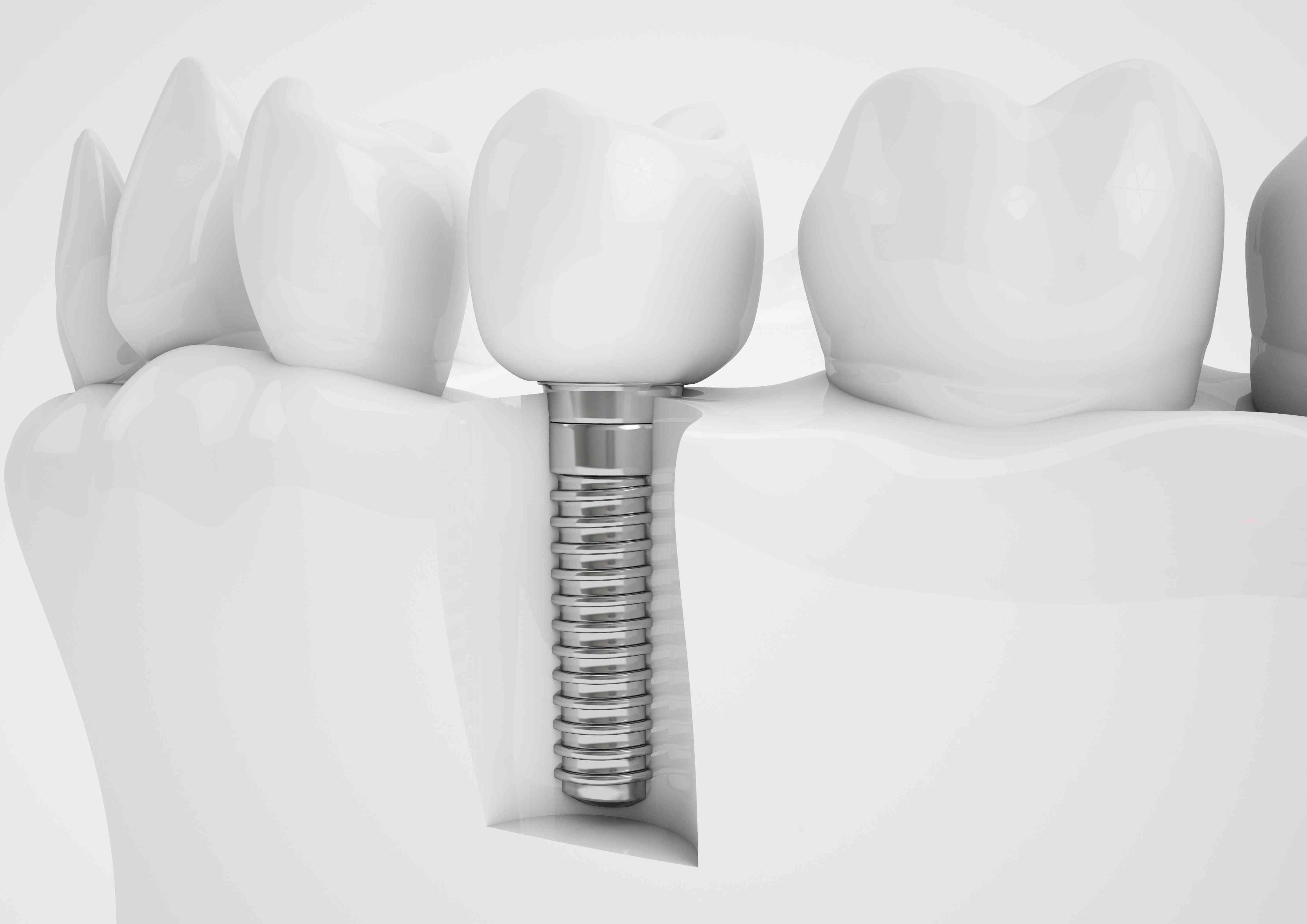

It’s a funny old world. Back in 1928 some bright spark in Hollywood, a dentist called Charles Pincus, invented these little coverings for actors’ teeth so they could change the way they looked for a movie role. It’s amazing how veneers, one of cosmetic dentistry’s many menu items, have took off, particularly since someone else, Dr Michael Buonocore, found a way to make them out of porcelain in 1959.
Now most of us would not be without these tiny, durable miracles of modern dentistry. I know I love mine. They cover up that front tooth that got broken off when I was running around as a kid. Veneers are better than movie cover-ups now, and they need to be fitted by a reputable dentist, such as those at Liverpool Smile Studio in Liverpool.
How do they work?
So, what are these little bits of genius and what do you do with them? Veneers are basically the dental equivalent of nail extensions, except they last for about 10 years instead of a few weeks. Veneers are wafer-thin and are made of either composite resin, or porcelain. They are custom-made to fit over the front of the teeth, and are bonded in place with dental cement.
The great thing about veneers is that they are tailor-made for each individual. Like nail varnish, there is a range of colours to choose from. This means veneers can be used to whiten teeth if their stains do not respond to whitening gel. It also means they can be colour-matched to the surrounding natural teeth. The veneers can also be shaped and sized to suit. So, some people might go for a whole set of veneers to cover up various issues on their teeth, and, if size is an issue, have them all made a bit bigger. Or maybe just one to cover up a tooth that’s smaller or mildly out of alignment with its neighbours. Veneers are also a great way of covering up damage from accidents such as the one I had as a kid, or wear and tear.
The materials that veneers are made from are much stronger than they used to be, which is why they can last such a long time if you take care of them.

